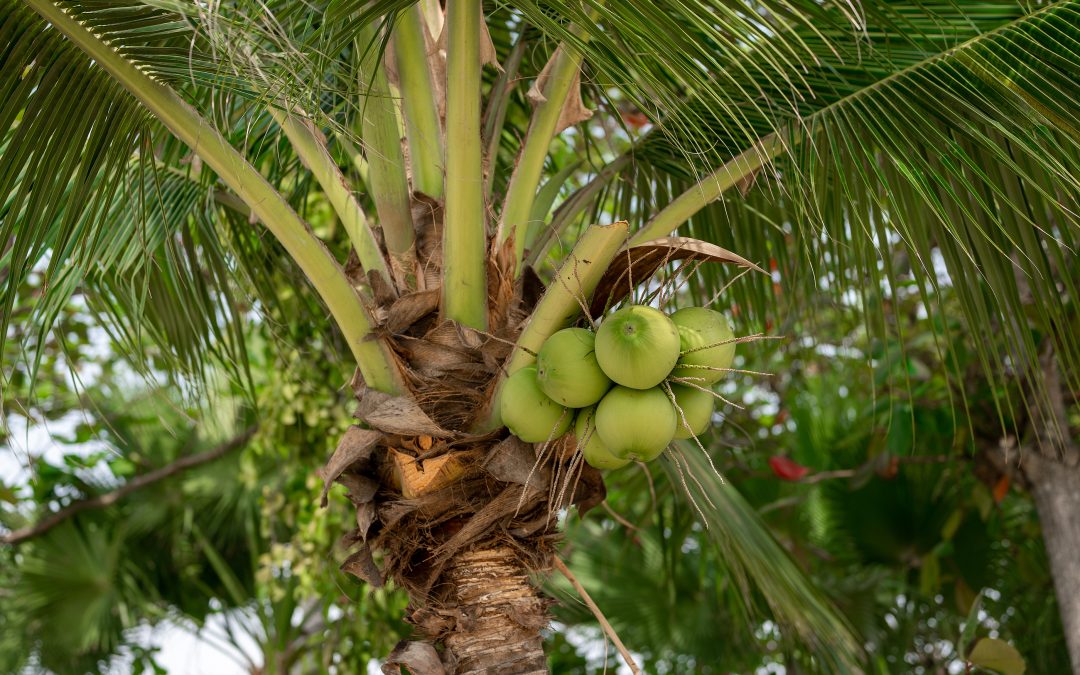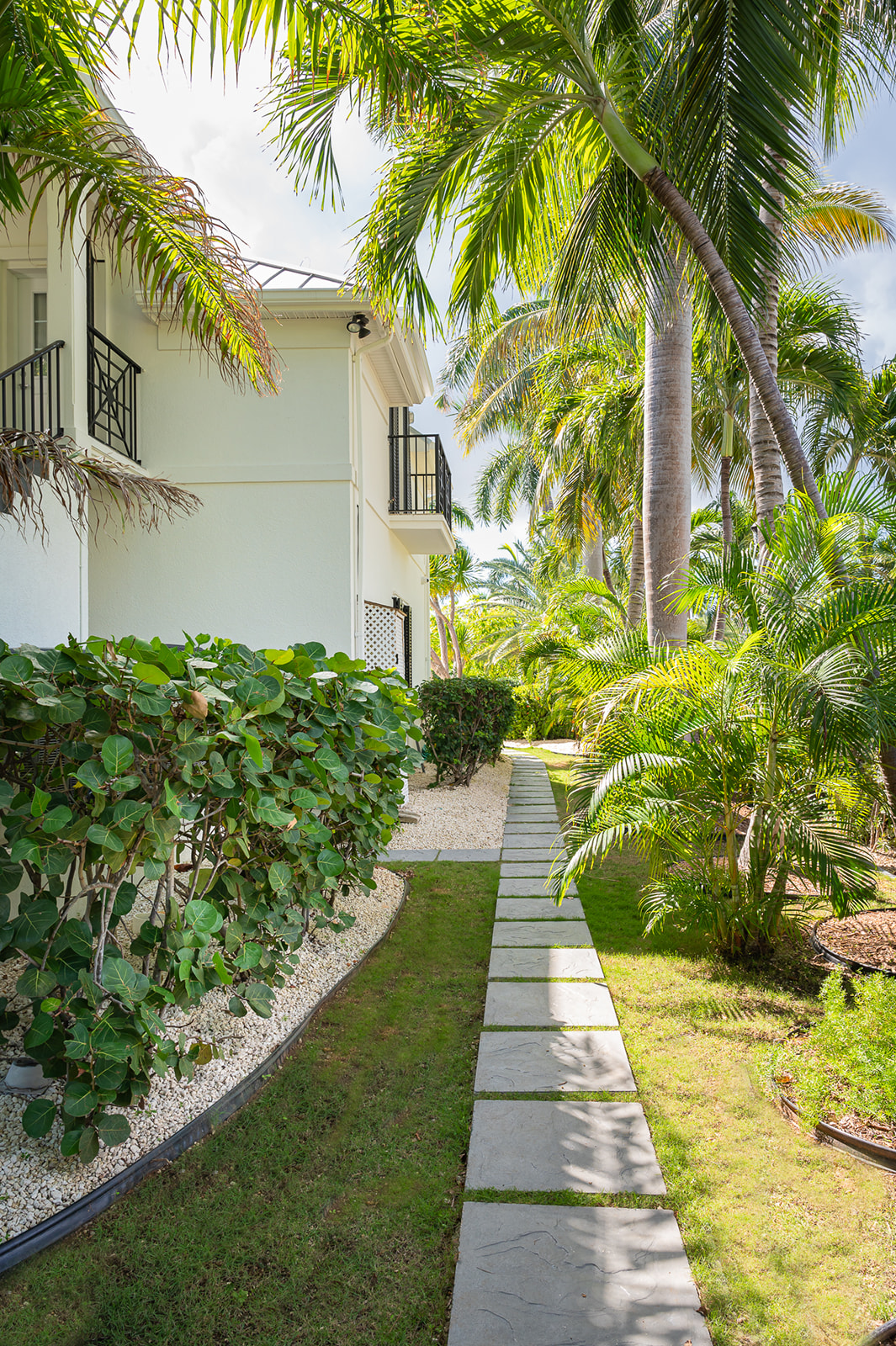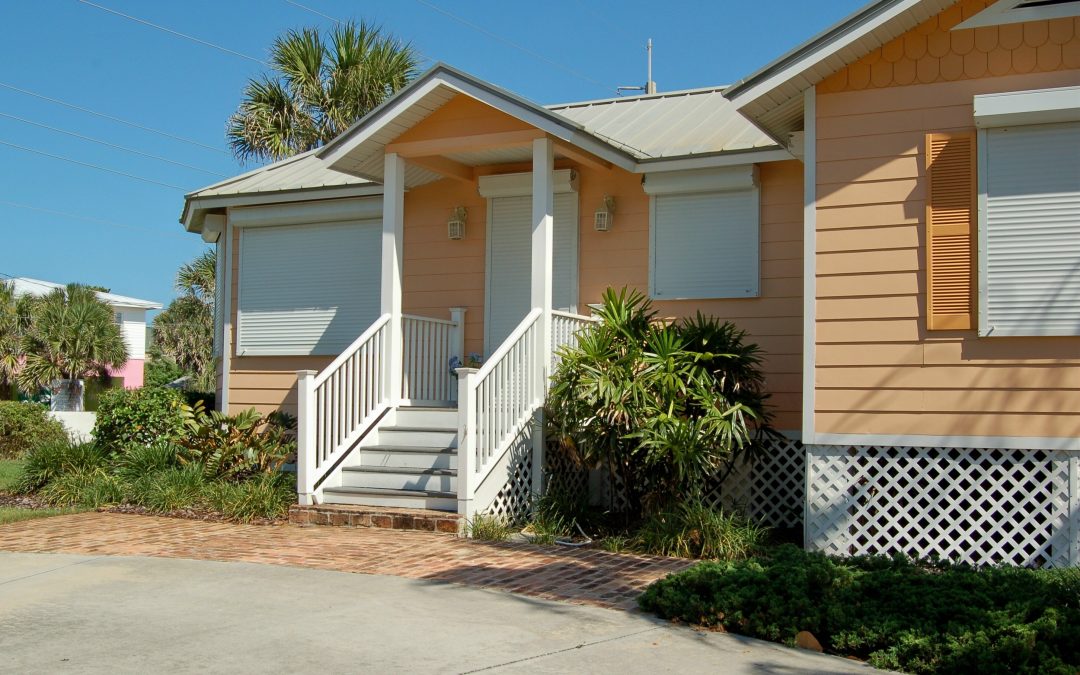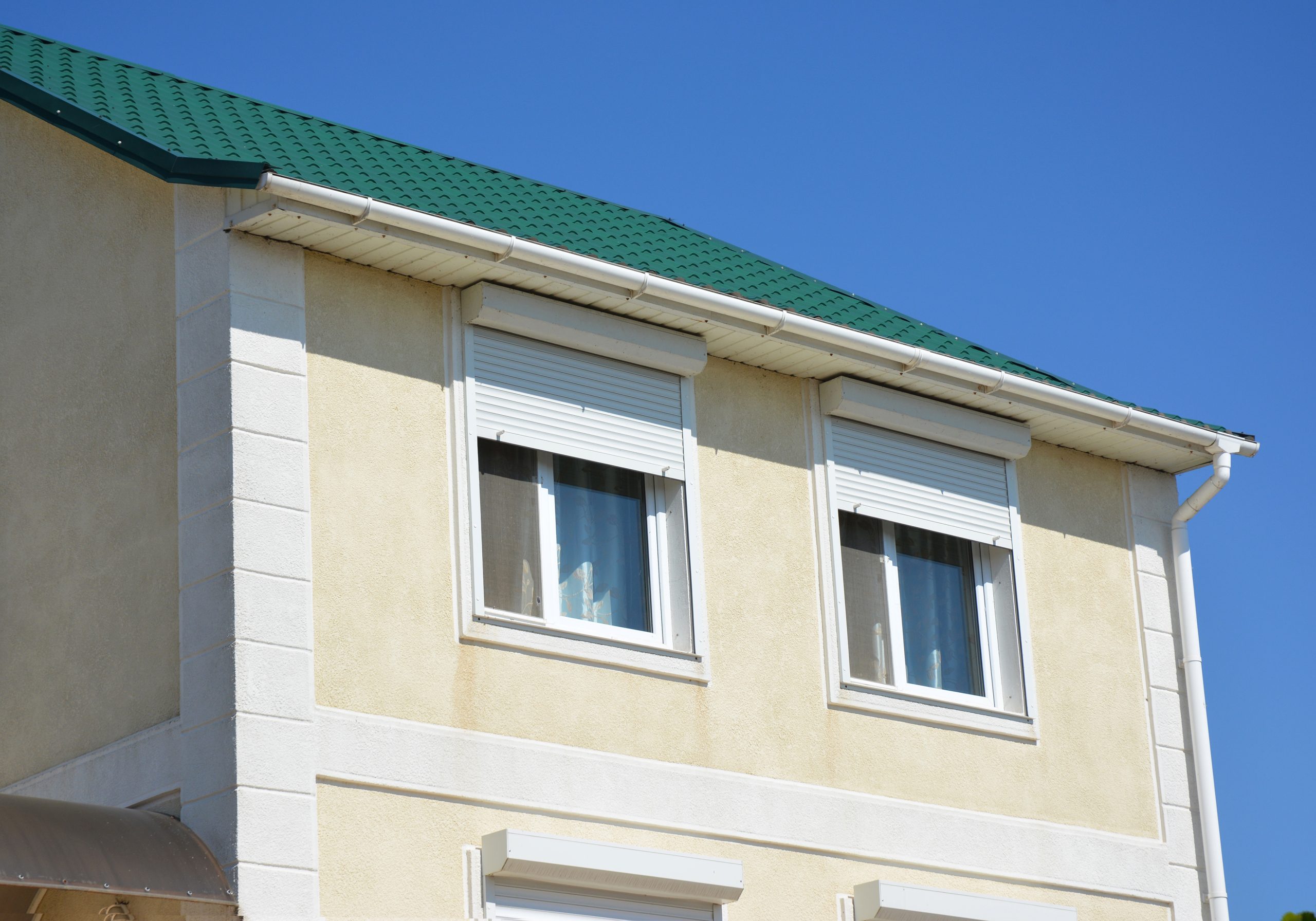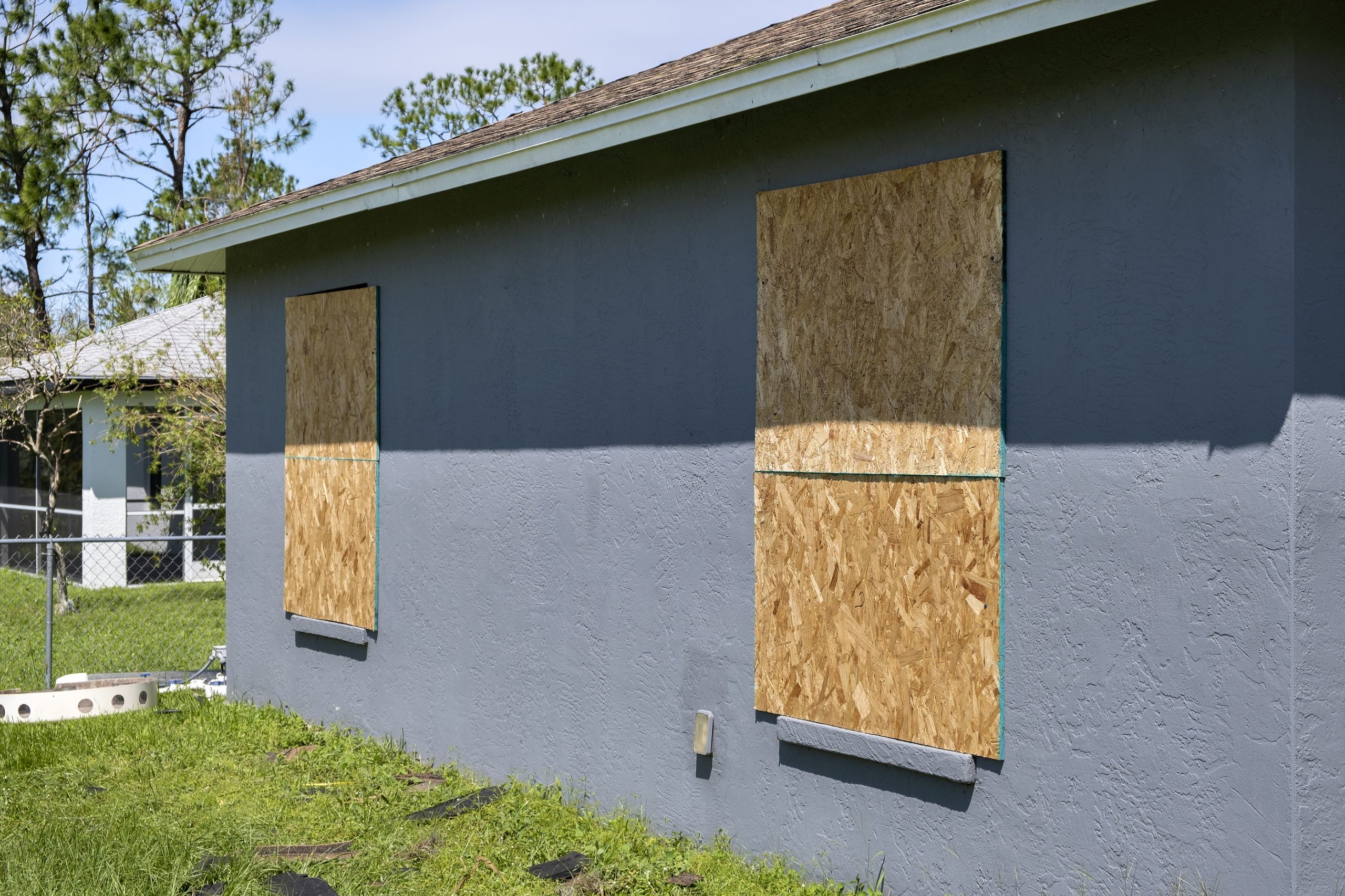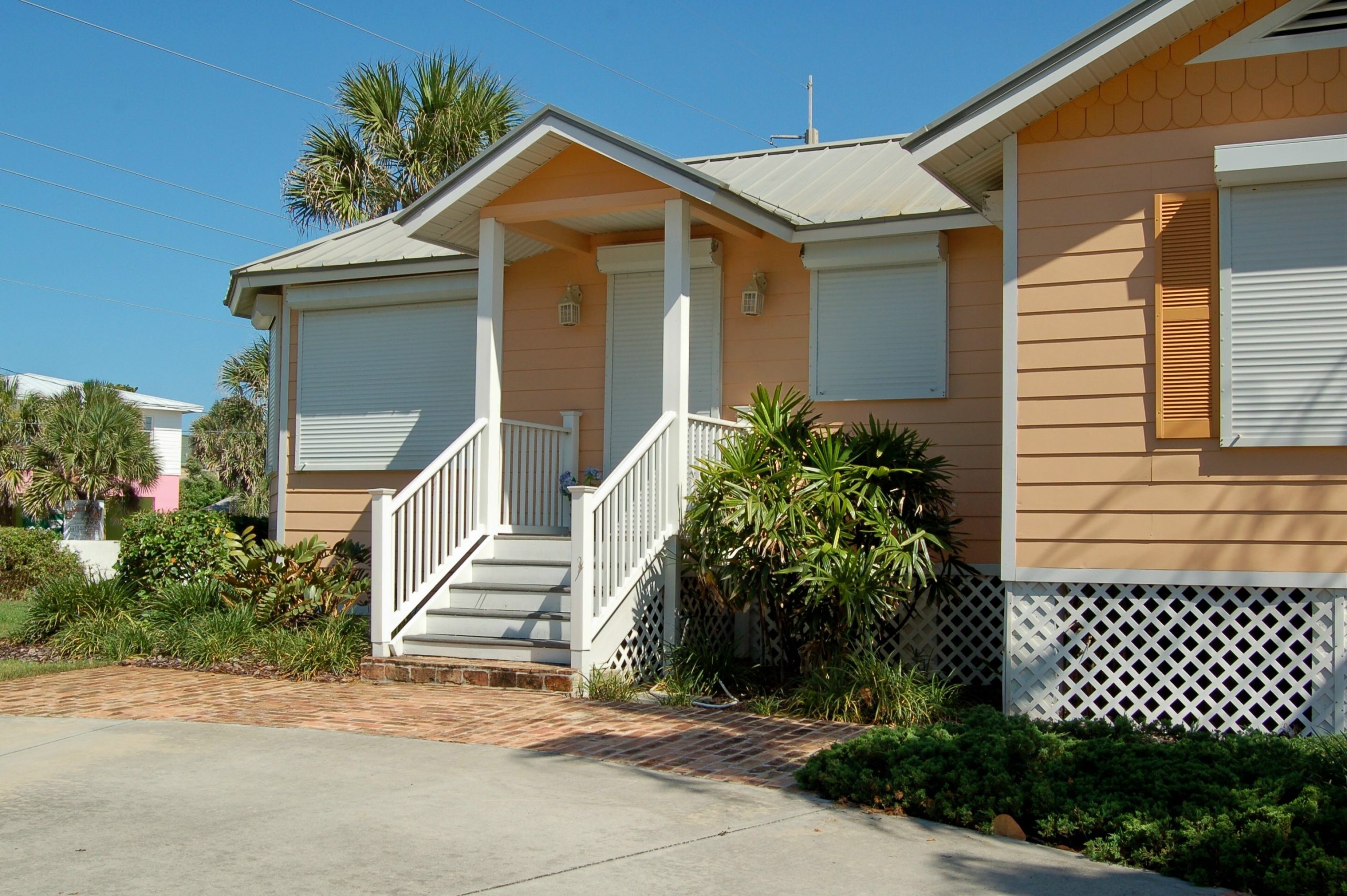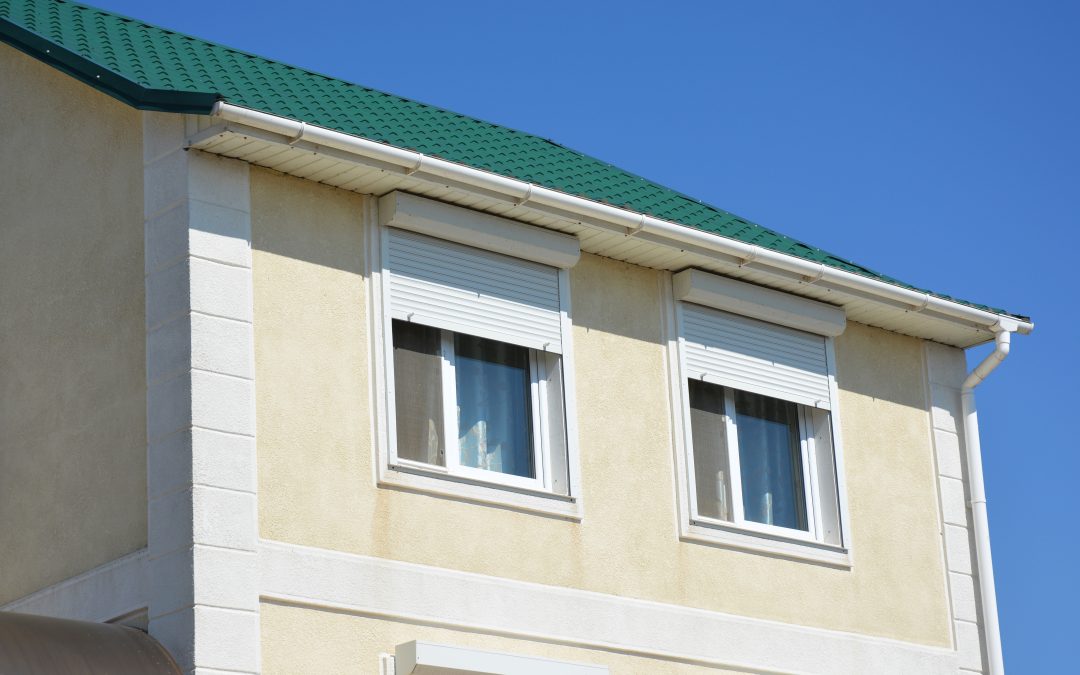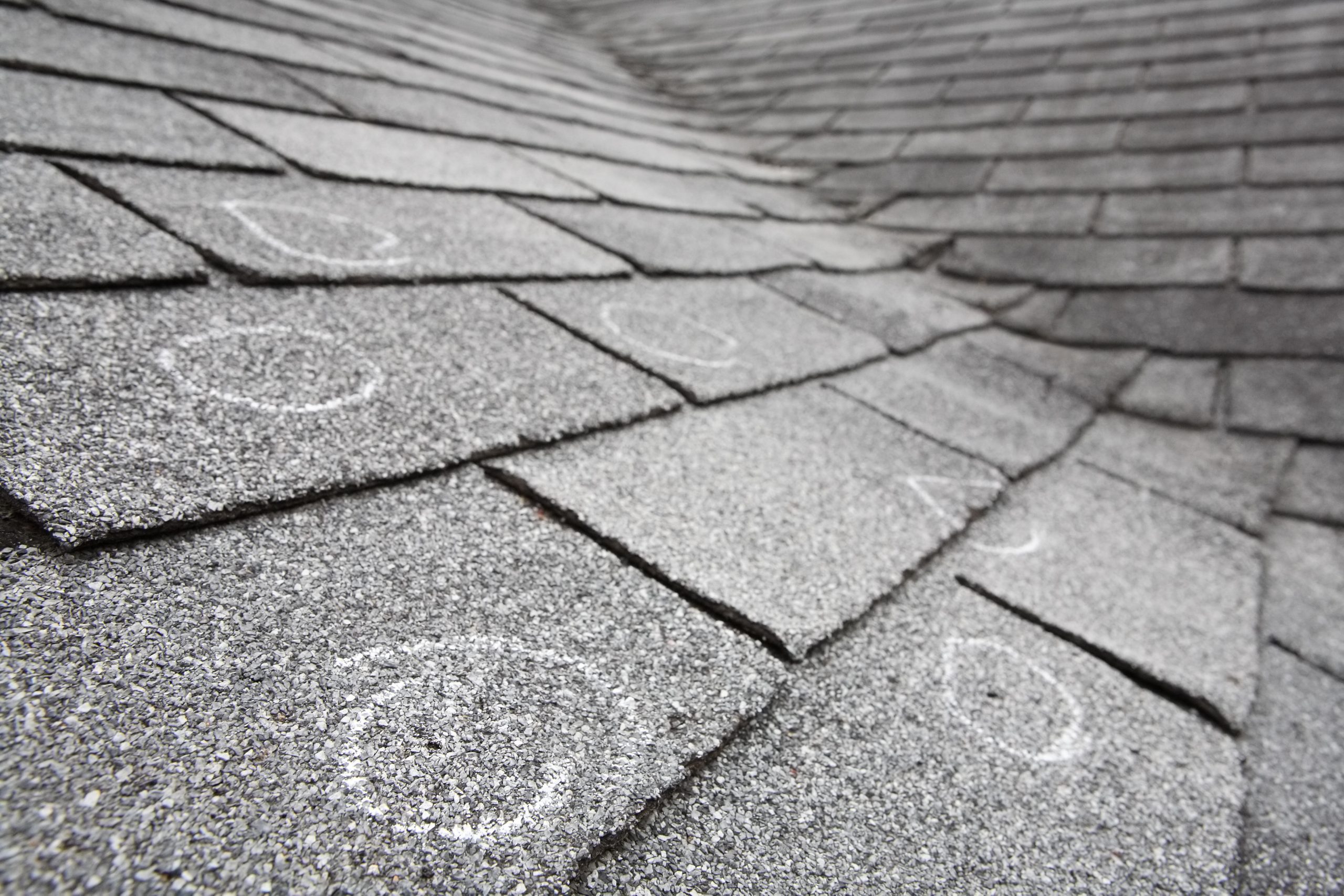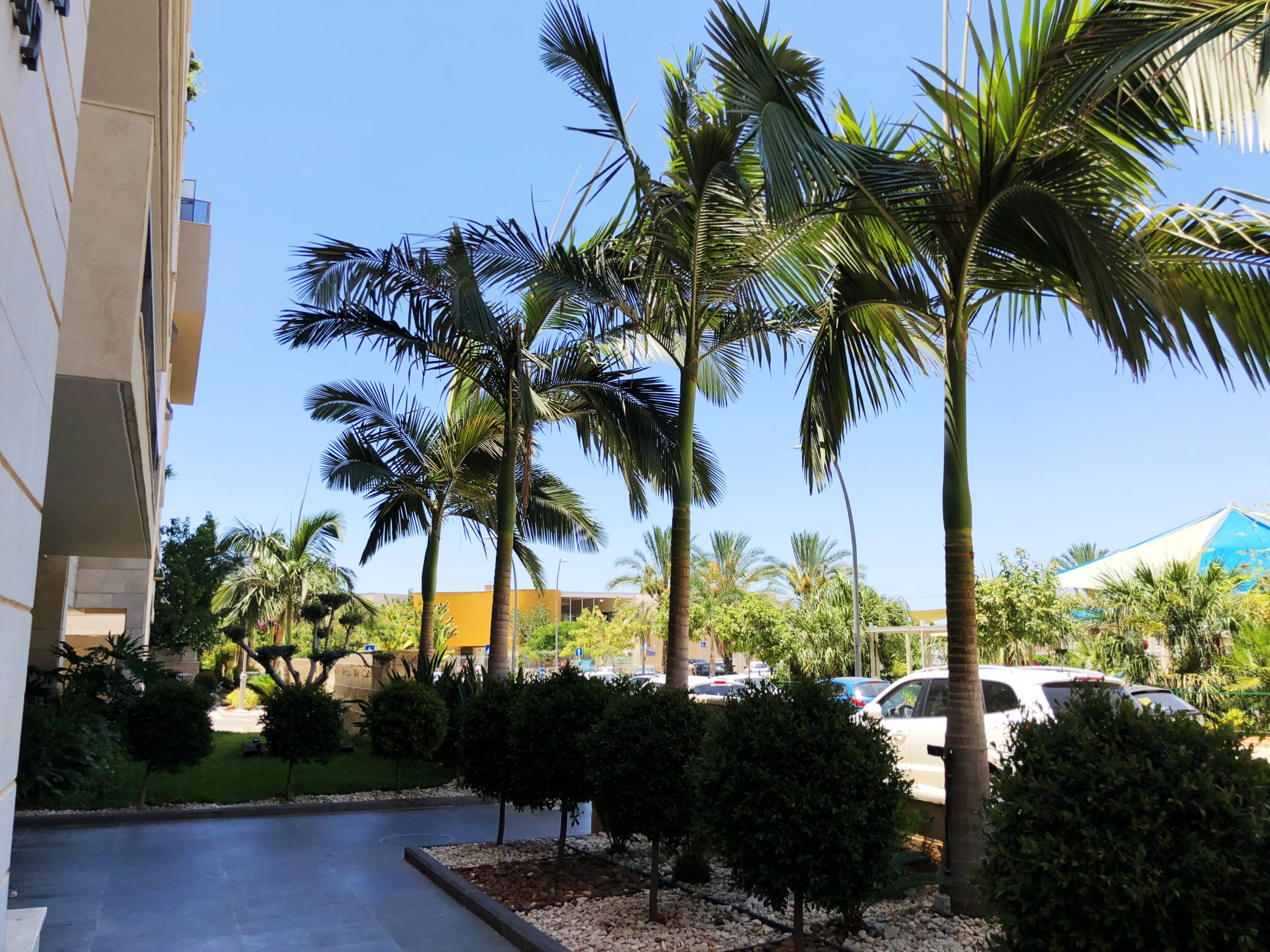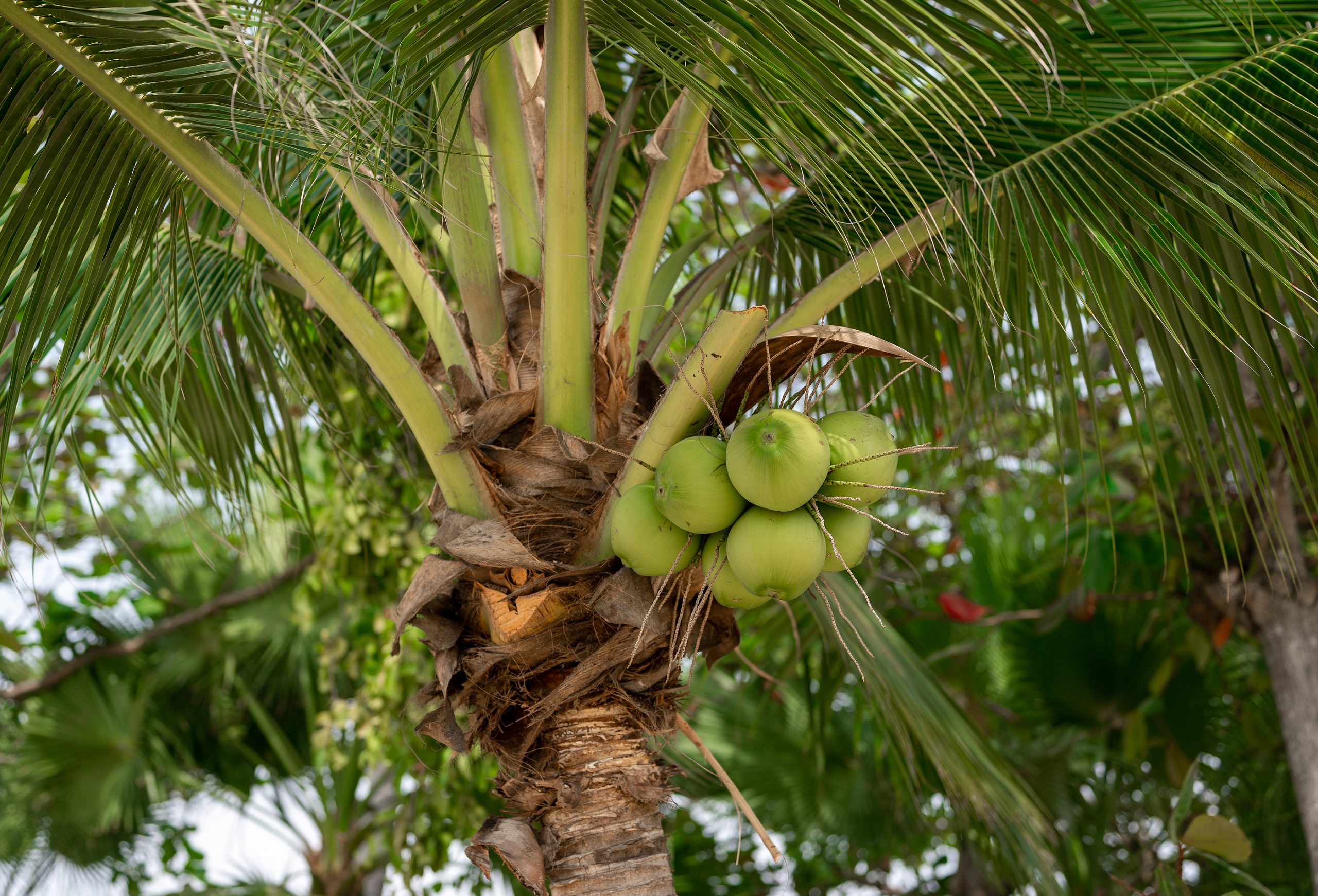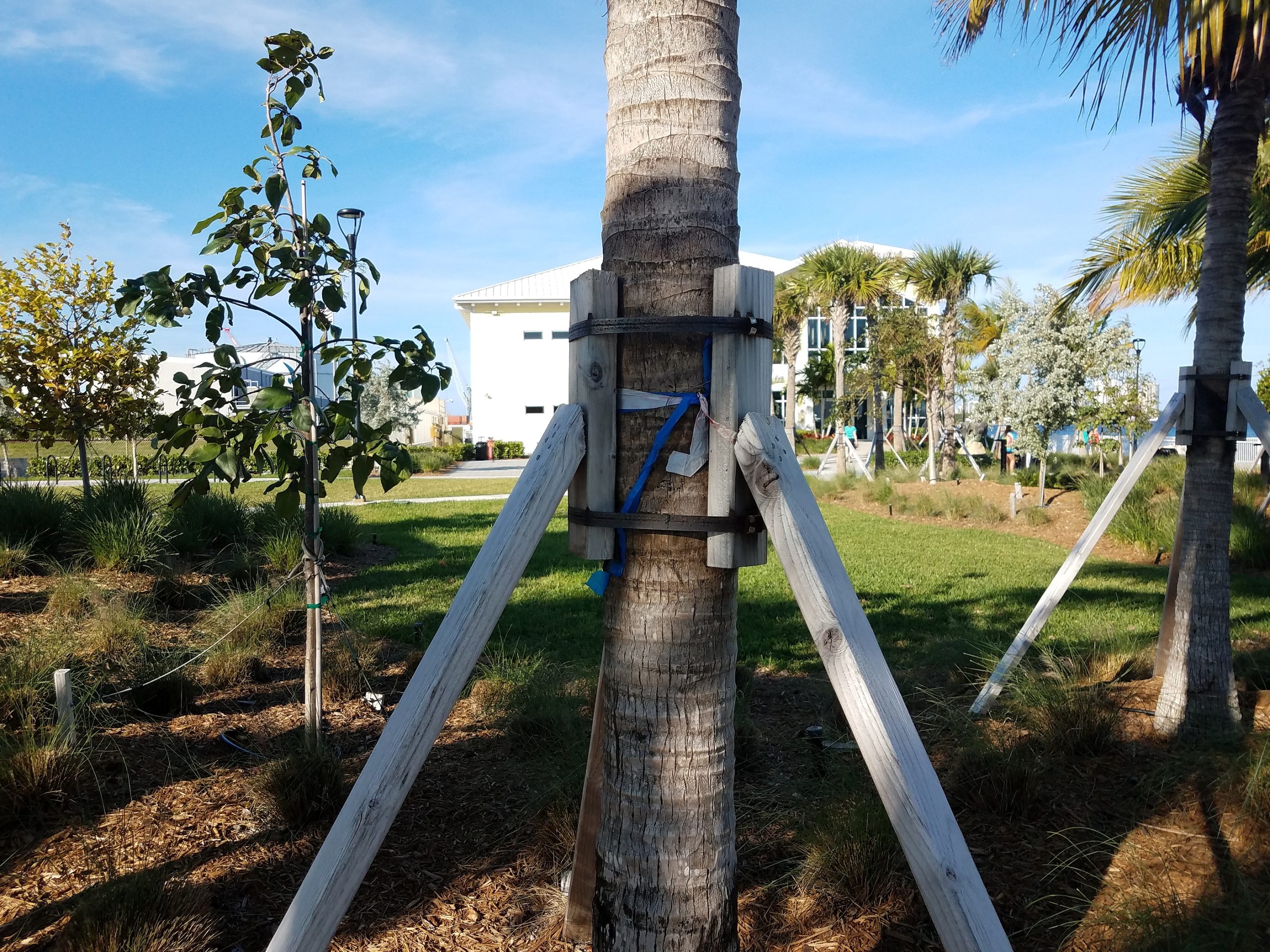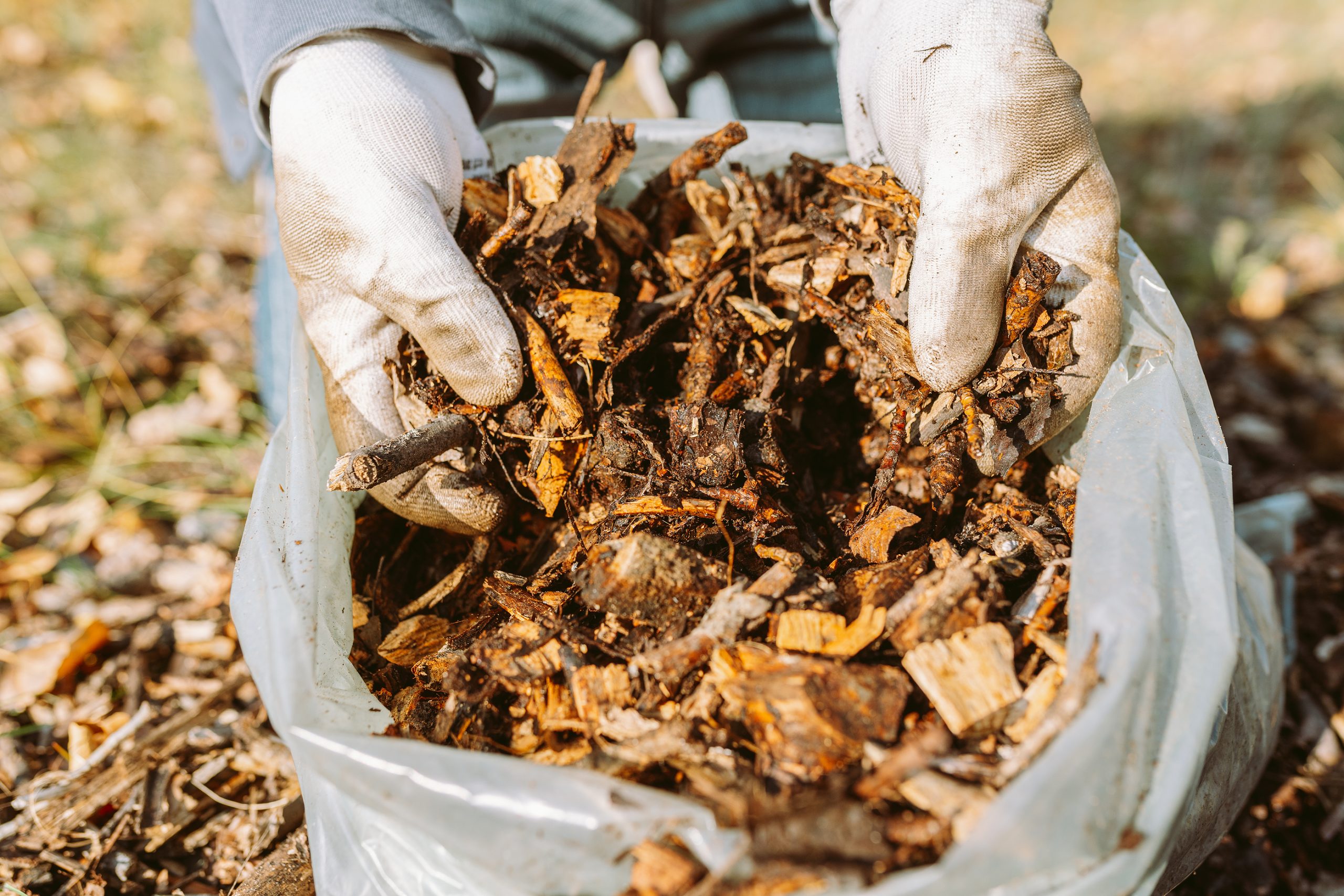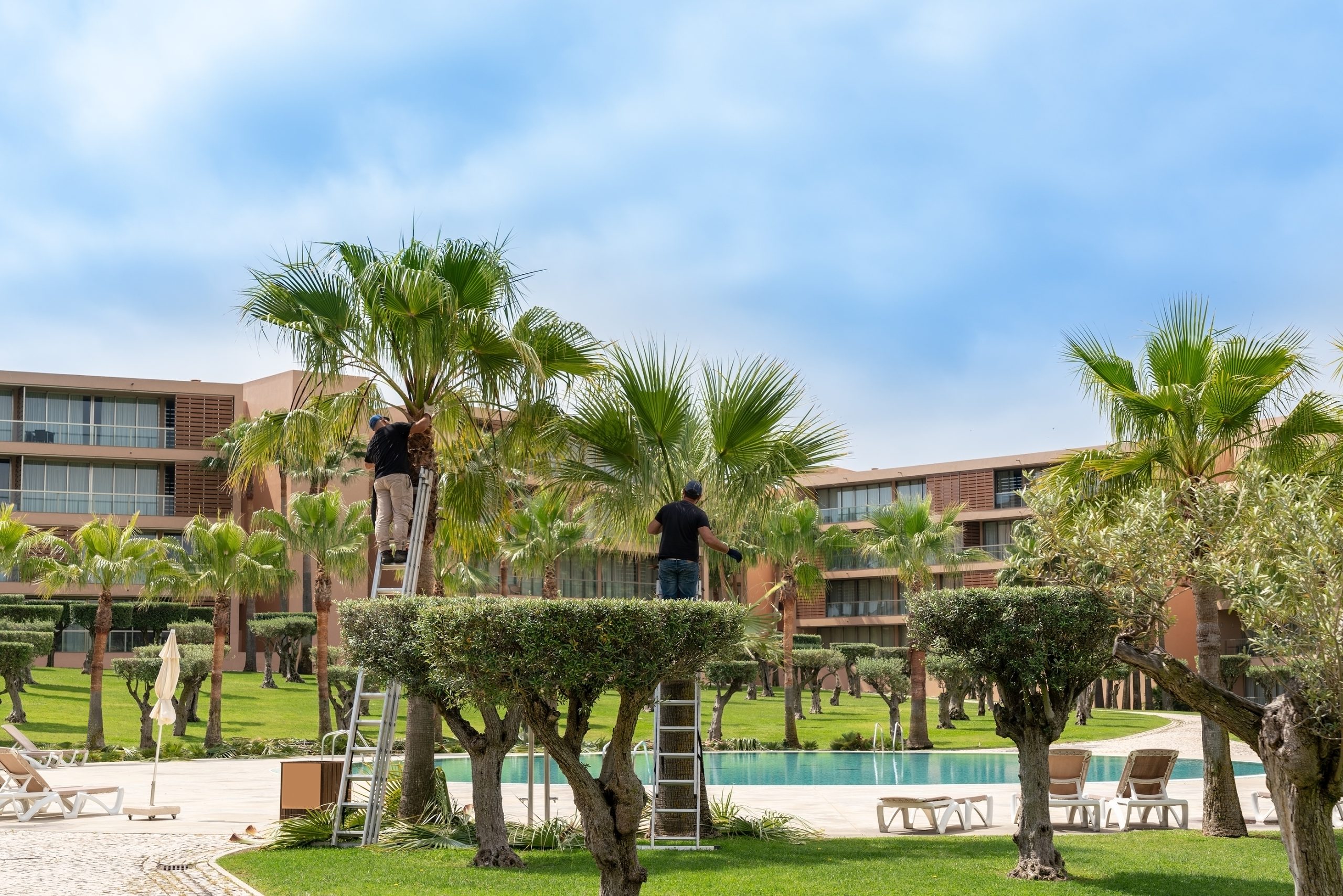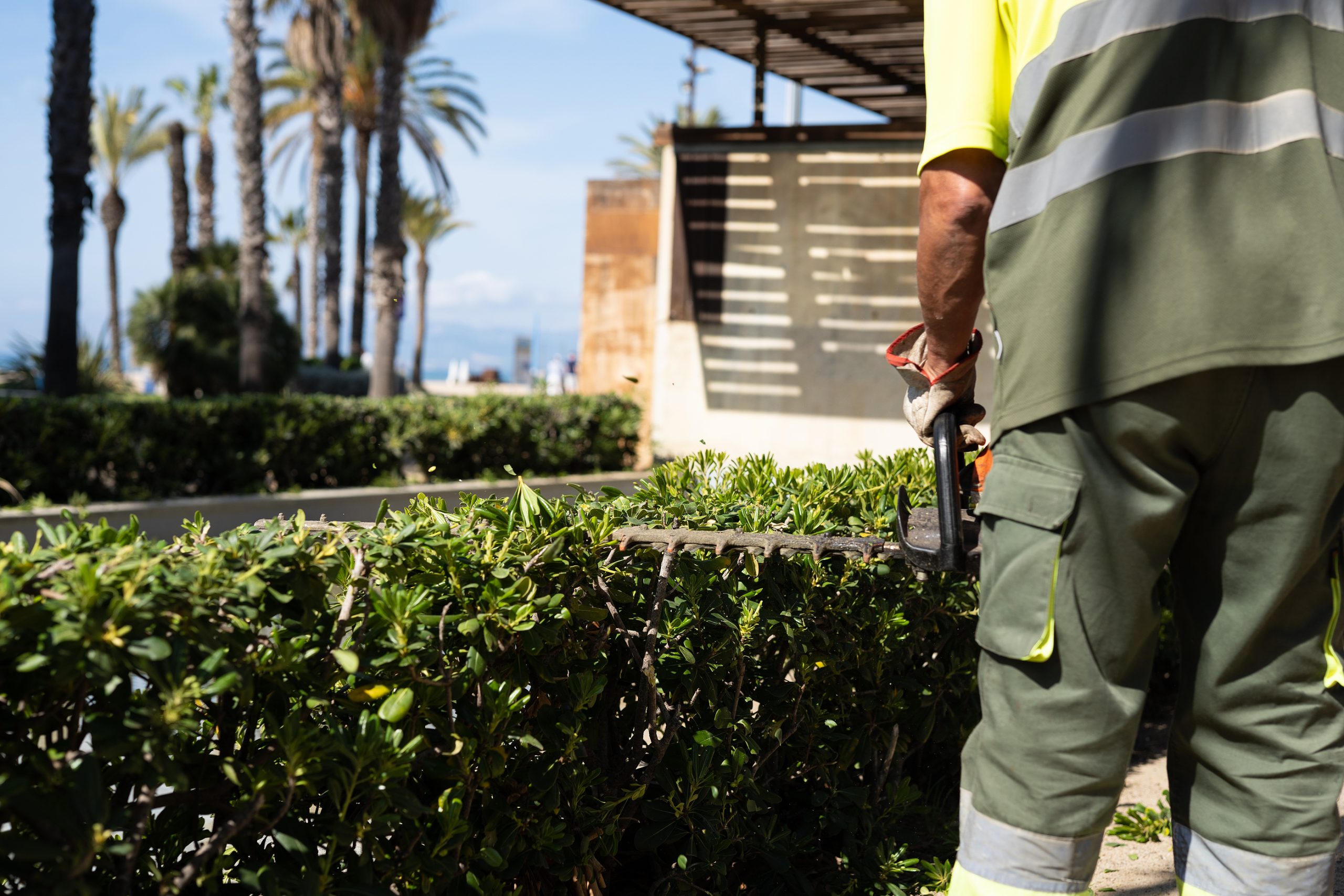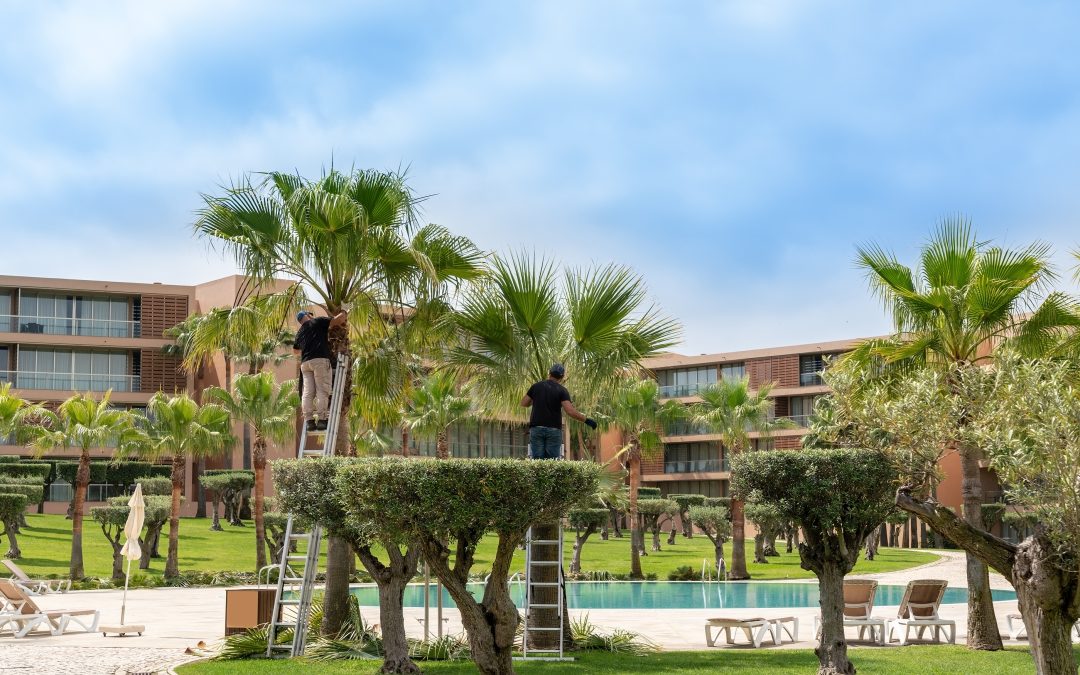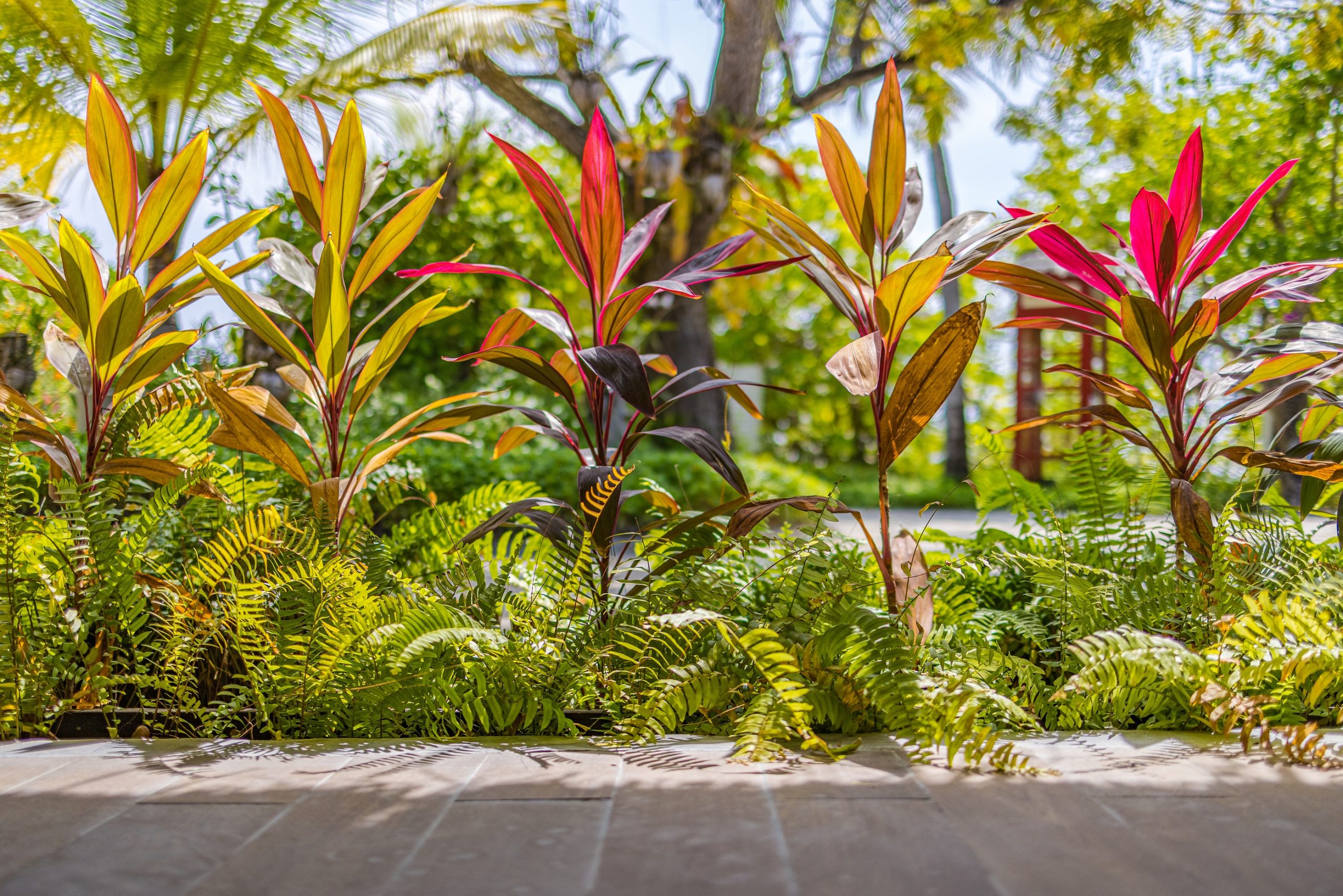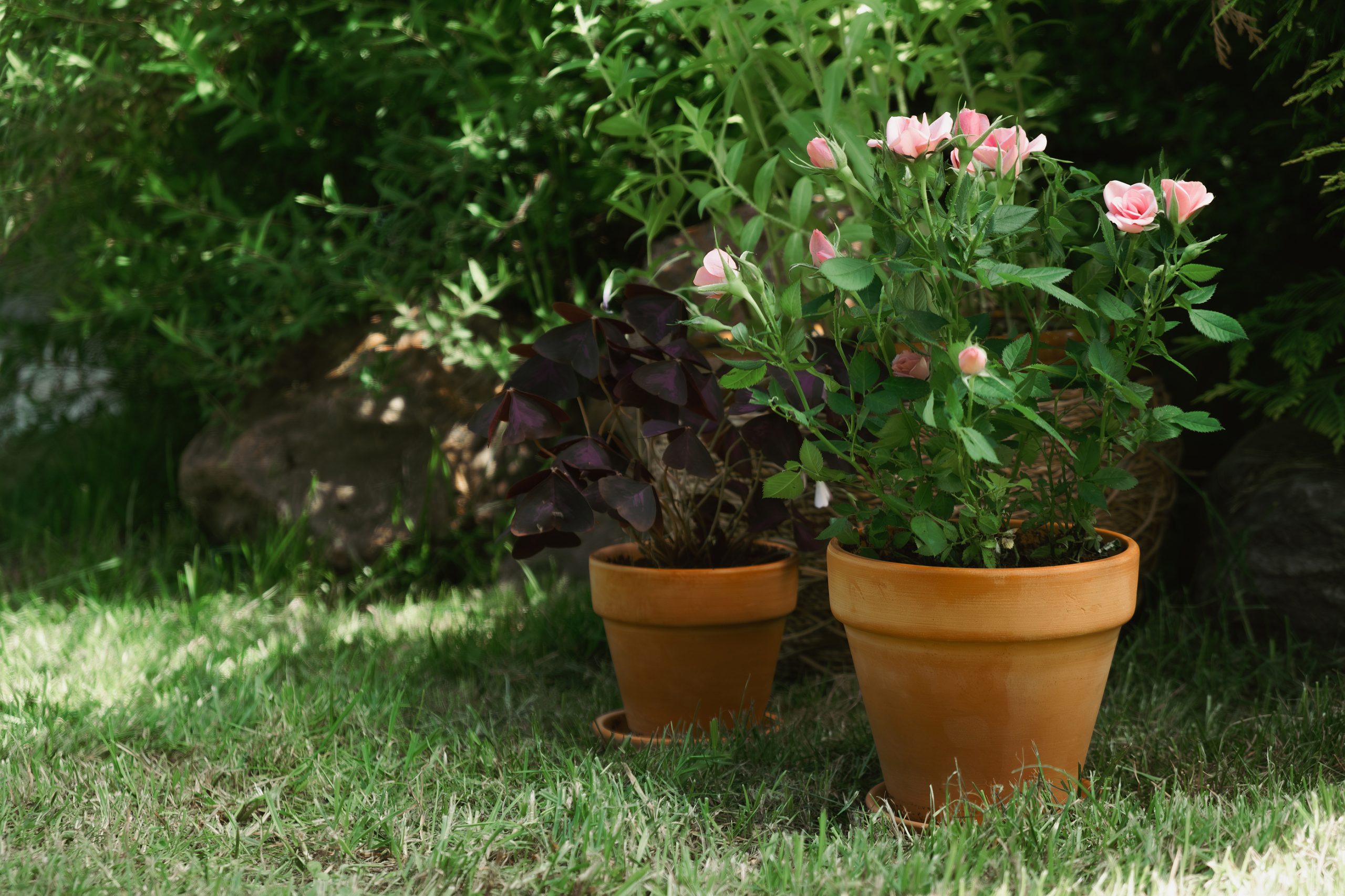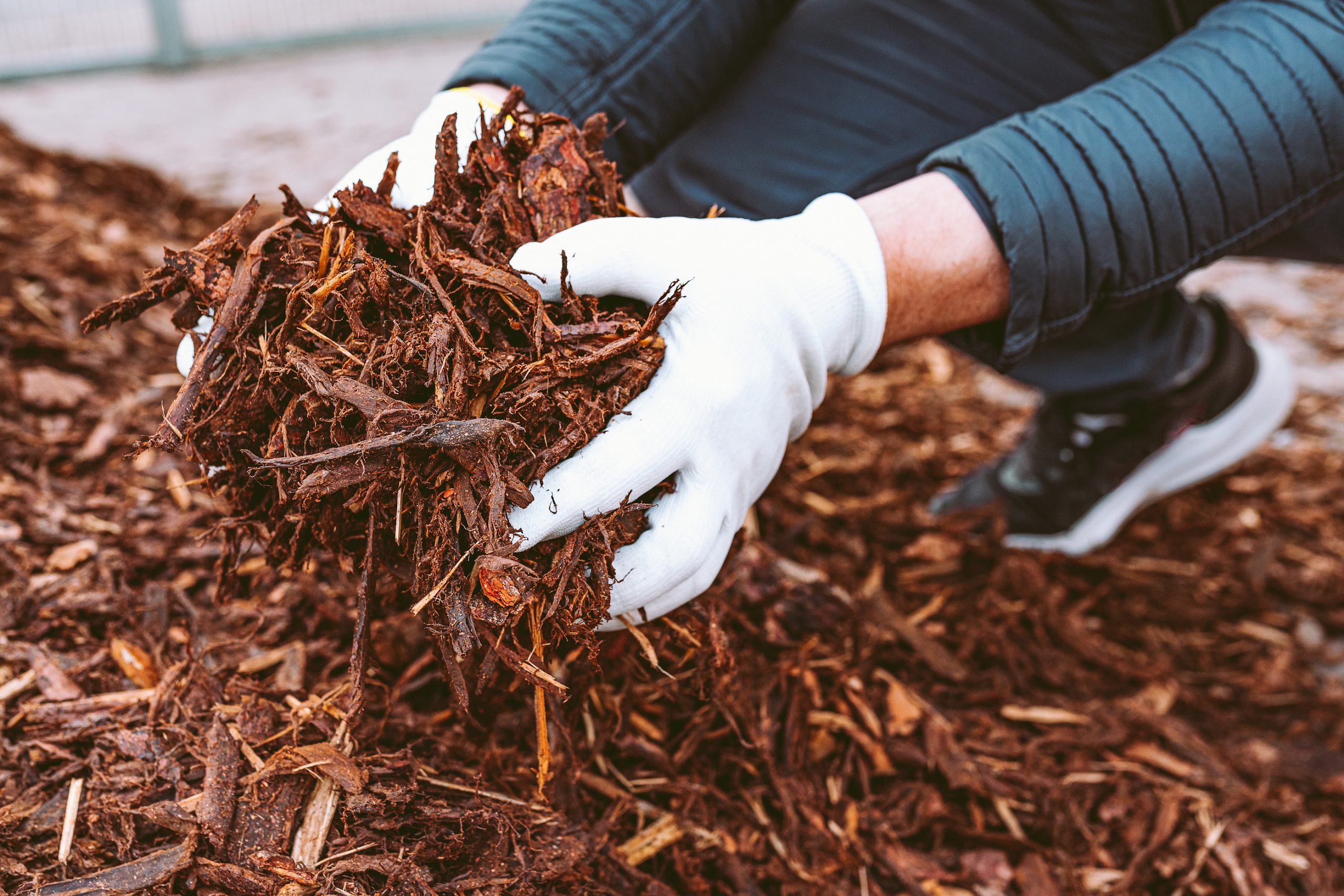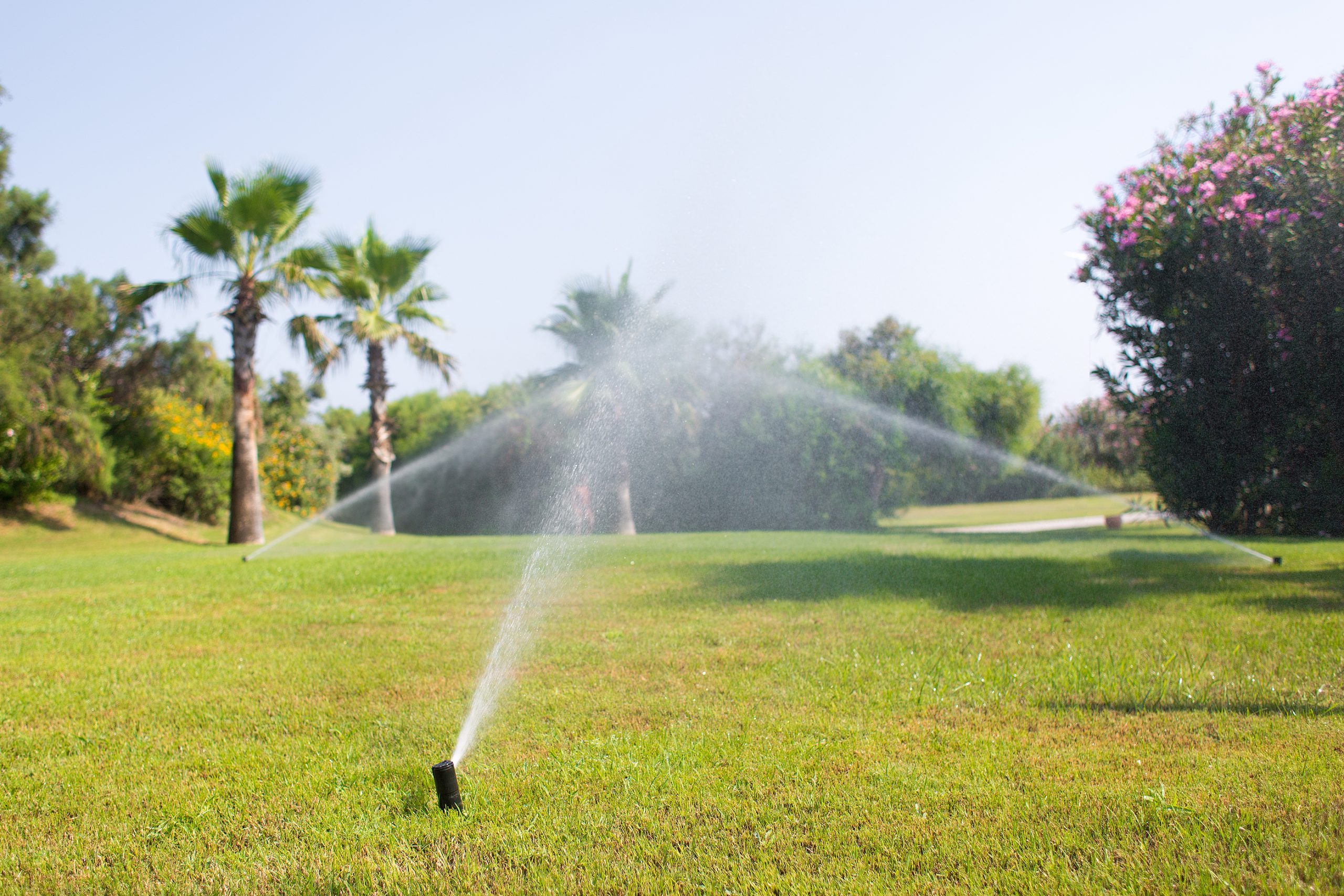
Ways to Refresh Your Home Before Listing
Before listing your home, clearing out and modernising the space can make a significant difference. To help you boost your home’s appeal to buyers, we’ve put together a list of simple yet effective ways to refresh your space.
All of the services below are offered by our team here at 5 Star Building & Construction. For more information, contact us here.
Remove Personal Items and Declutter
Clearing out excess items and family photos before listing your home helps create a neutral environment, allowing potential buyers to envision their own lives in the space more easily.
Deep Clean
A clean home is far more attractive to potential buyers. Even if your property isn’t the most modern, a spotless space can make it feel comfortable and inviting. Pay extra attention to high-traffic areas like kitchens and bathrooms, and ensure windows, skirting boards, and ceiling corners are dust-free.
Painting
A fresh coat of paint can instantly brighten up a room. For homes going on the market, it’s best to choose light, neutral colours such as soft whites, beiges, or light greys. These shades tend to have a more modern and universal appeal.
Tidy up garden
A well-kept garden can greatly enhance the curb appeal of your home when listing it. Trim hedges, plant flowers, and power-wash walkways and the driveway. Adding a new doormat or placing bright flowers around the porch is also a nice touch.
Minor Repairs
If your budget allows, consider making small repairs, such as fixing loose cupboard handles or repairing leaky faucets. These minor fixes can go a long way in enhancing the property’s overall feel and prevent it from falling into the ‘fixer-upper’ category in a buyer’s mind.
Lighting
Maximise natural light by opening curtains and blinds. Replace dim light bulbs with higher-wattage ones to make rooms appear larger and more welcoming.
